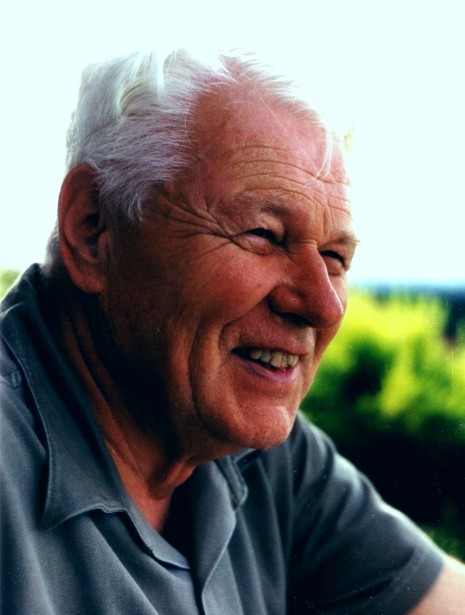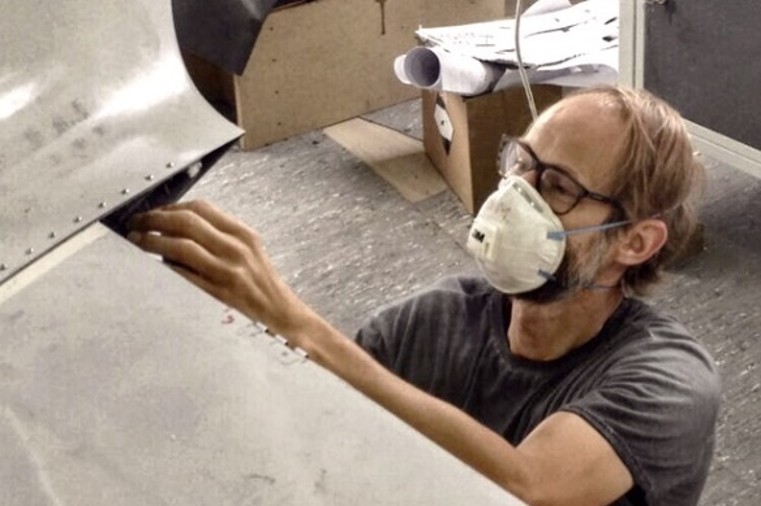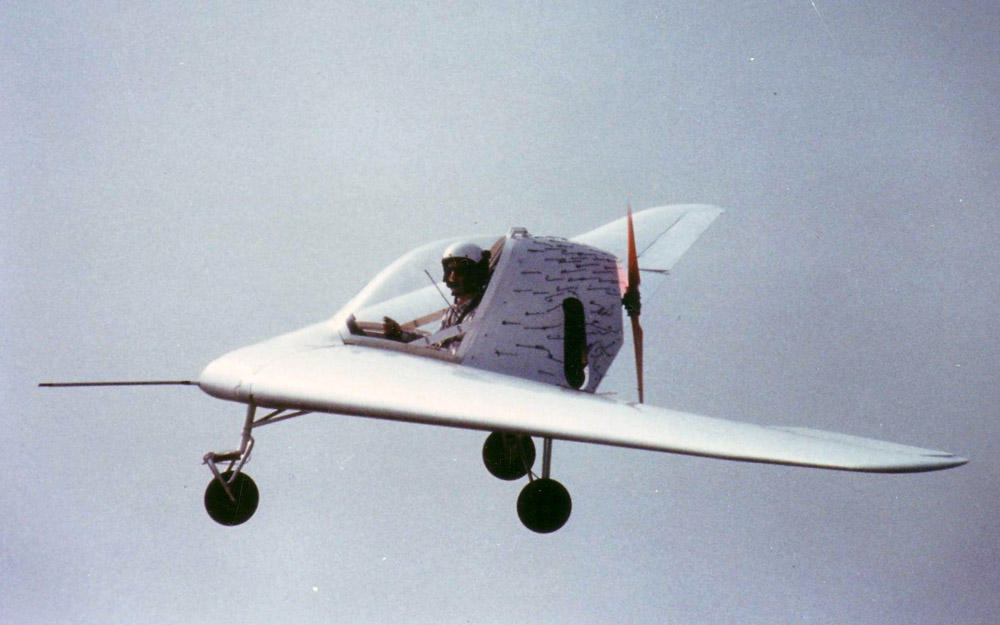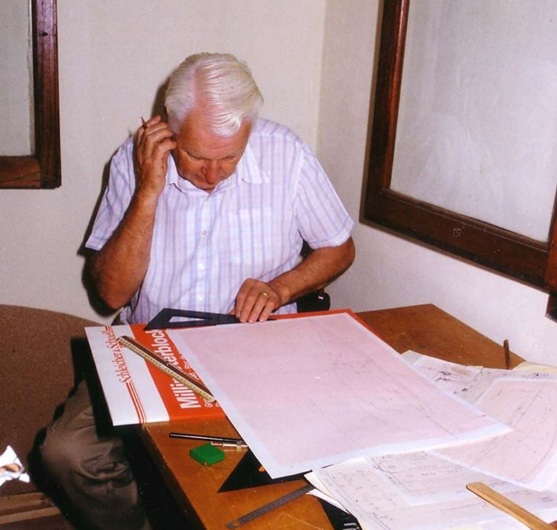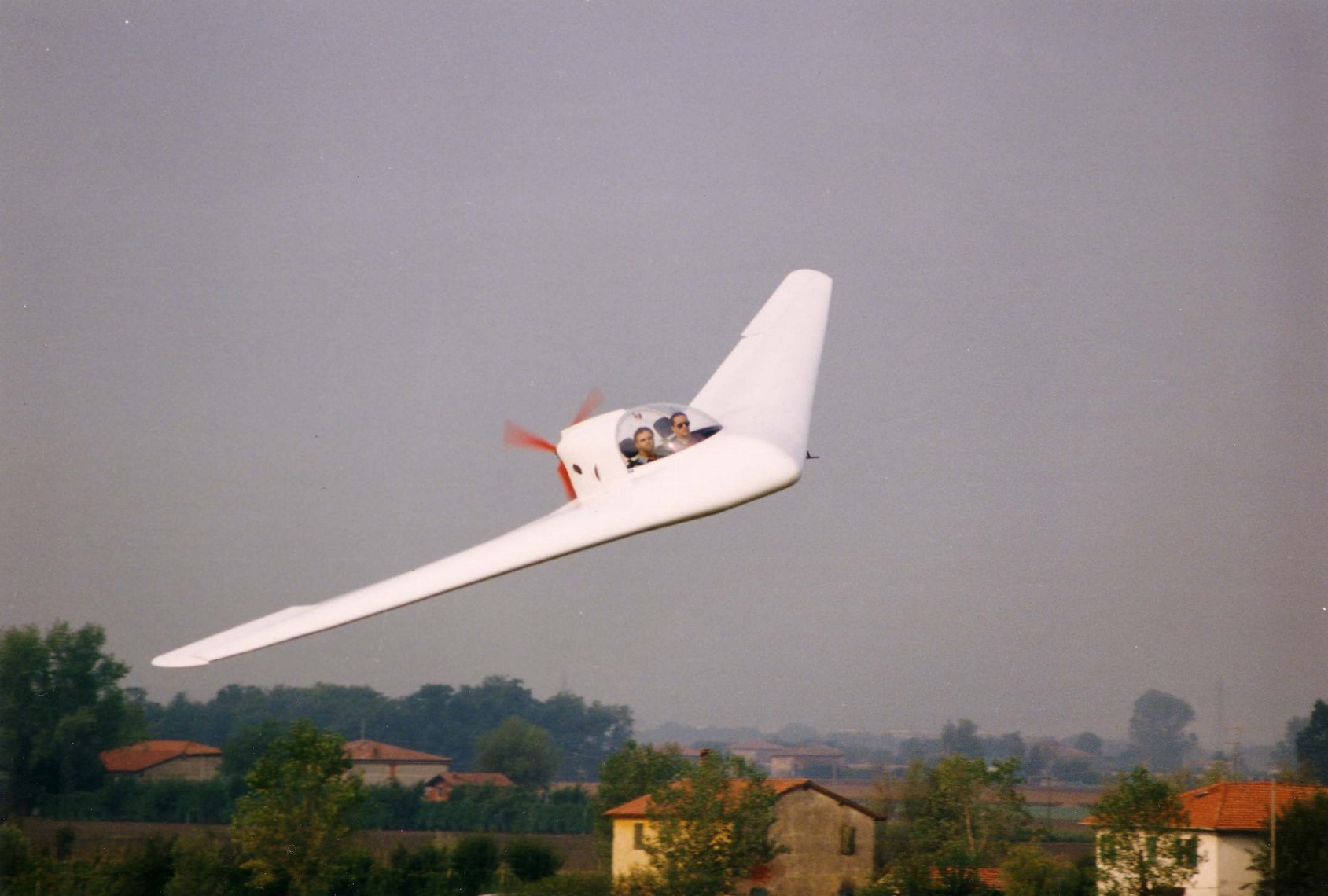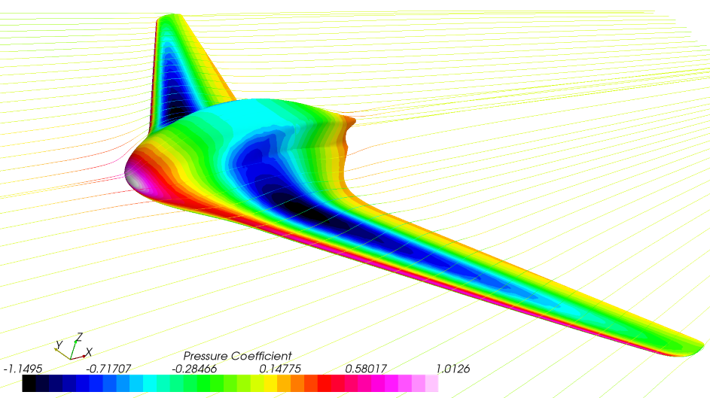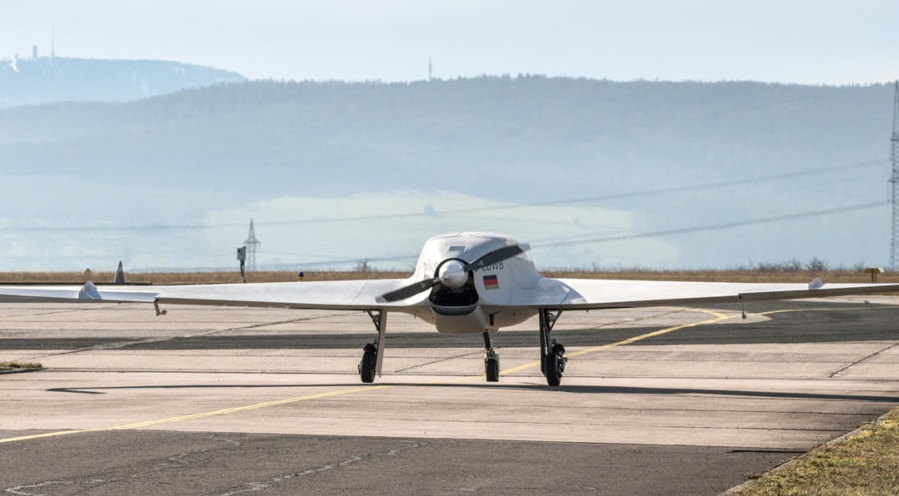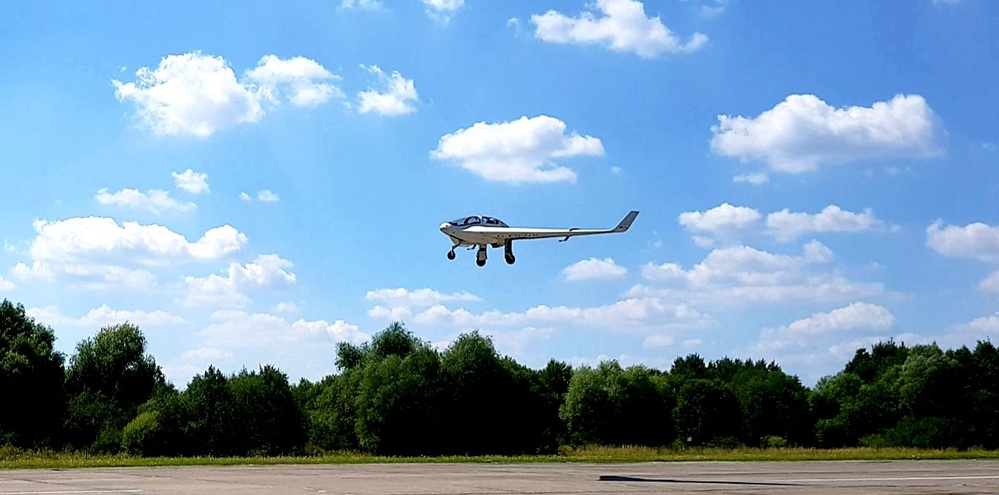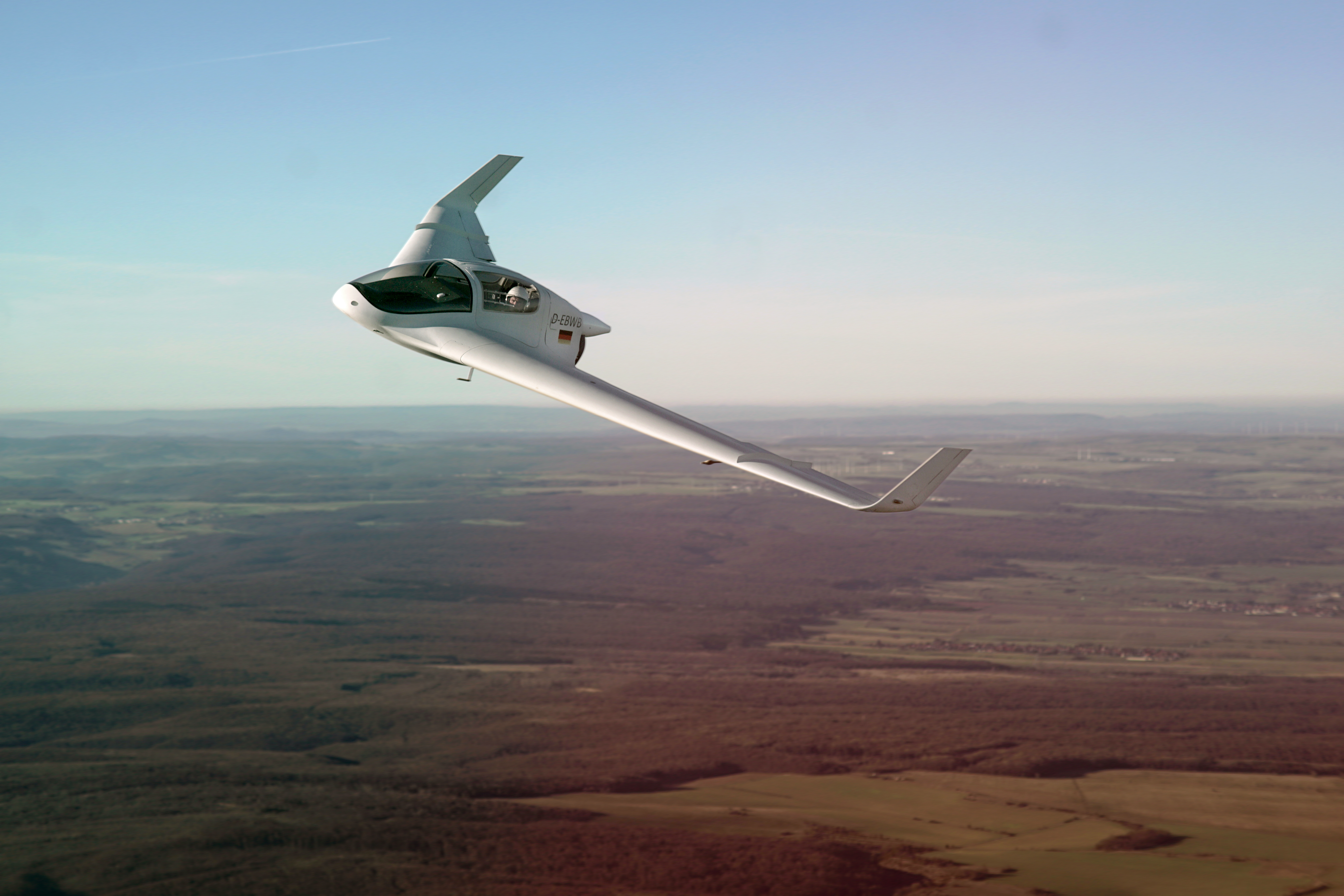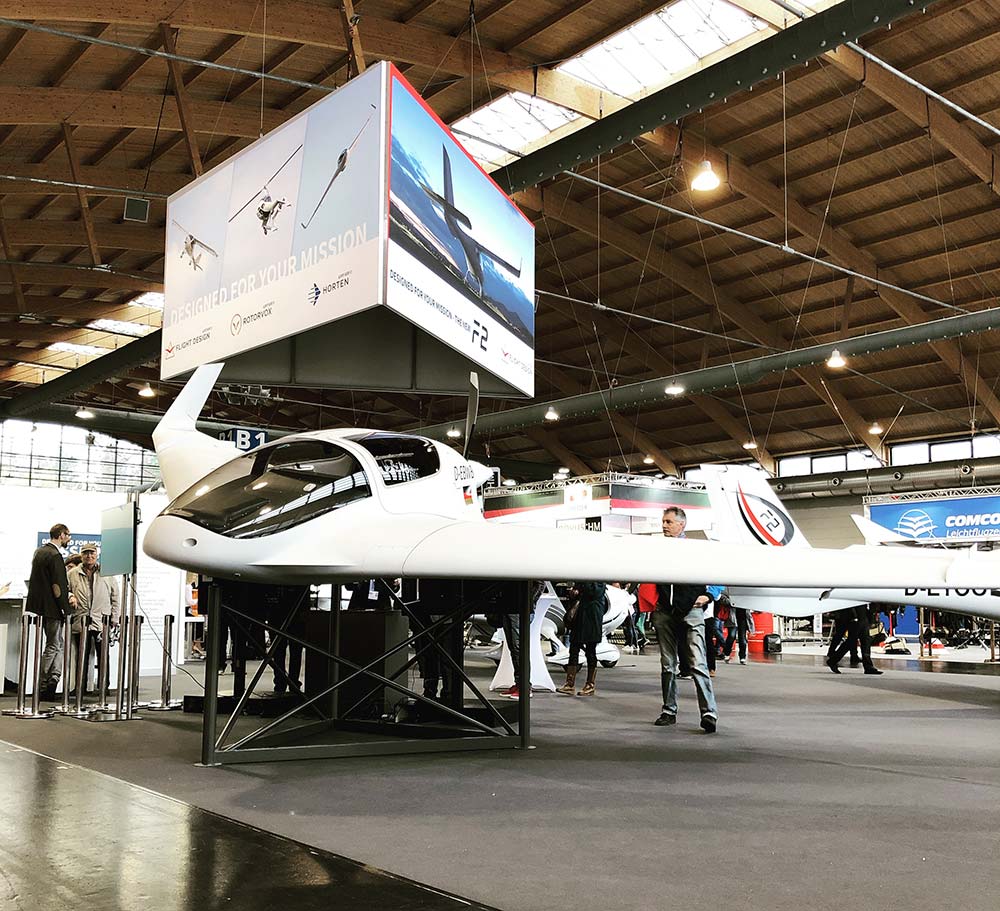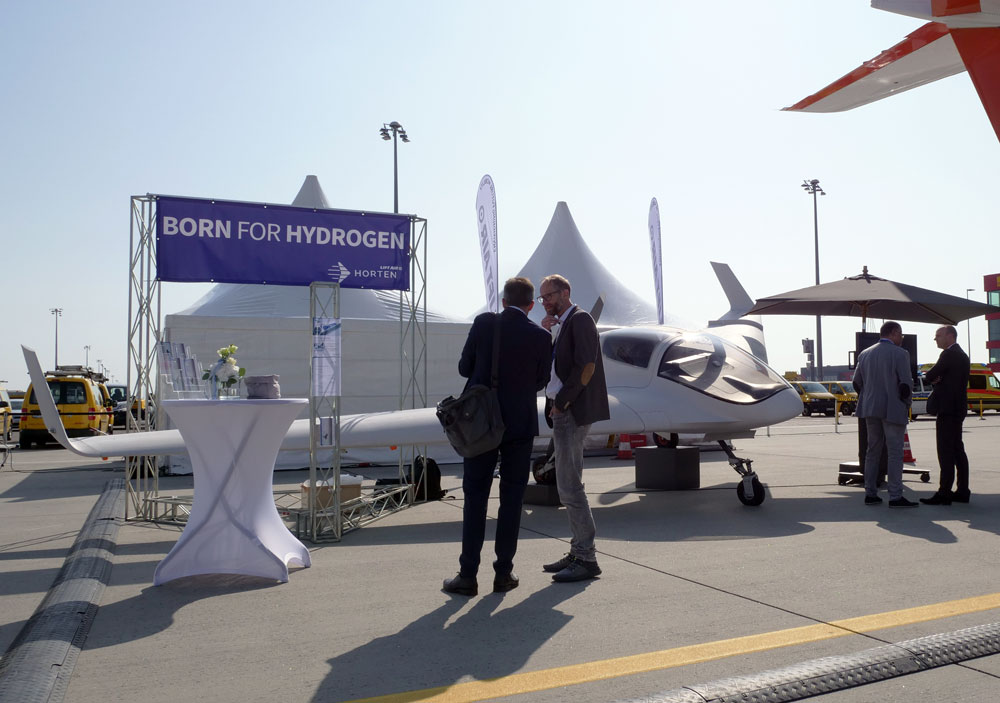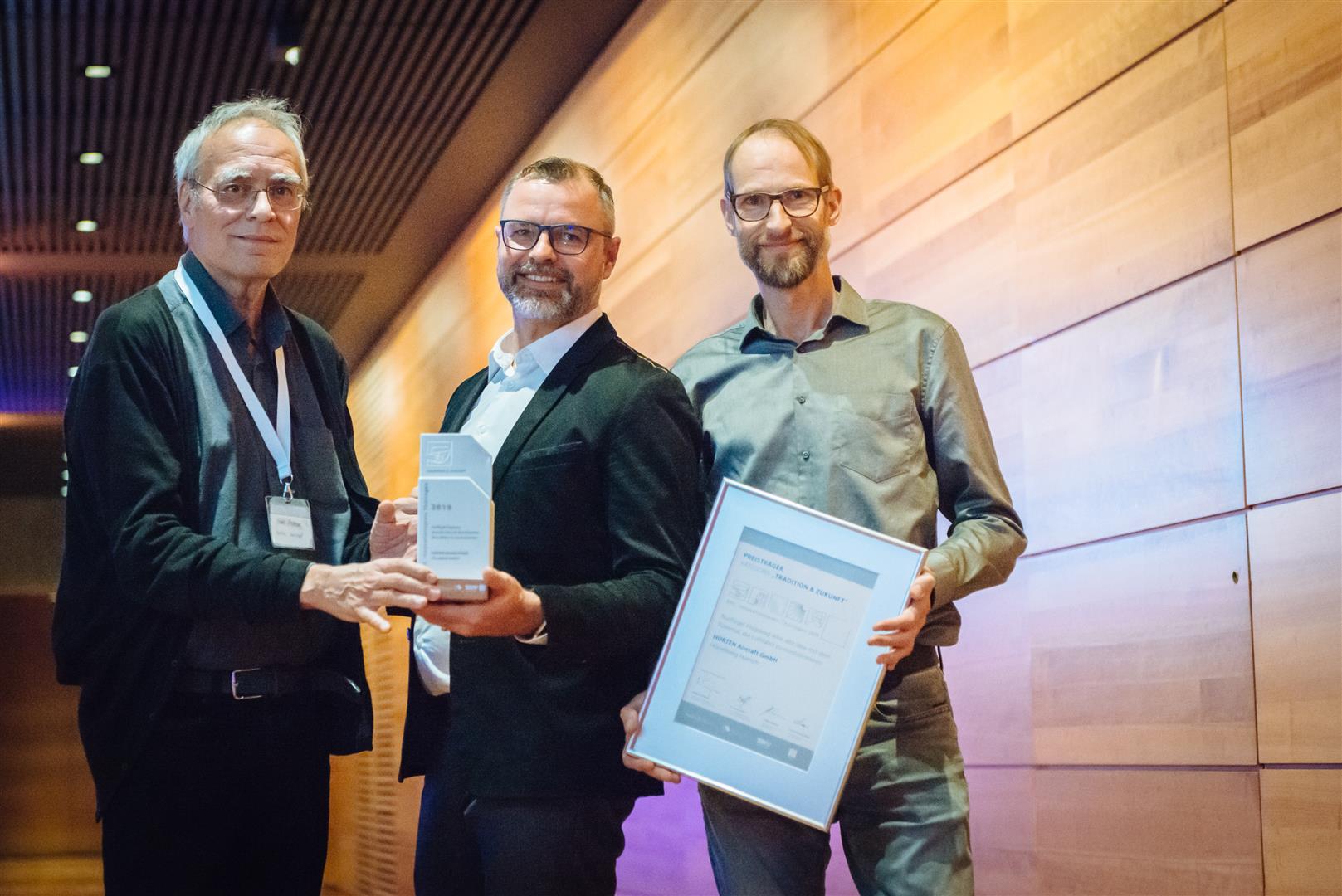THE HISTORY OF OUR DEMONSTRATOR HX-2
THE HISTORY OF OUR DEMONSTRATOR HX-2
About 3 years of development time, many clever minds, many more helping hands and the absolute passion and belief in achieving something many have failed in so far. The result is our HORTEN HX-2, the first civilian flying wing aircraft. How it all began…
THE FATHER OF FLYING WINGS
Dr. Reimar Horten
To a large extend we owe our success to the close cooperation with the “father of the flying wing”, Dr.-Ing. Reimar Horten (1915-1994), who accompanied the various projects of HORTEN Aircraft from the beginning until his death and after whom the company is named. He was decades ahead of his time with his numerous, successfully tested flying wing aircraft.
Four different flying wing models were in series production in 1945. The Allies prohibited any continuation of the flying wing projects in Germany. In the USA, however, research into flying wing aircraft was continued by the Northrop company and later resulted in the well-known B2 bomber.
THE PREDECESSOR OF HORTEN AIRCRAFT GMBH
A visionary and the first models
In the 1980s, Bernhard Mattlener succumbed to the fascination of flying wings. A passionate pilot, he devoted all his energy as an autodidact to his vision of a flying wing for general aviation over the following decades. Years later, Bernhard would go on to found HORTEN Aircraft GmbH - named after his inspiration Reimar Horten.
The personal contact with Dr. Reimar Horten came about in Argentina in 1987. With his support, three remote-controlled model aircraft were built and tested in the following years. The good test results led to the decision to build a man-carrying aircraft.
THE PREDECESSORS OF THE HX-2
The PUL-9
Again based on the calculations of Reimar Horten, the single-seater test aircraft PUL-9 was created as a “proof of concept”. Final assembly was carried out in 1990 by the then cooperation partner NIKE Aeronautica in Bologna, Italy. Flight testing began there at the company's own airfield in the same year. The outstanding flight characteristics and easy handling confirmed by various pilots once again proved Reimar Horten's theory to be correct.
THE PREDECESSORS OF THE HX-2
Further development
In further collaboration with Reimar Horten, the design for a two-seater flying wing aircraft was subsequently developed and a full-scale model was built in Argentina. On this basis, work began in 1992 on the first test aircraft of the PUL-10 series, which had already been produced in negative molds and was once again to serve as a “proof of concept”. Final assembly in Italy was followed by successful flight testing. The PUL-10 came into the spotlight of national and international trade press after well-known test pilots had flown and evaluated the aircraft. The reports triggered a flood of inquiries.
THE PREDECESSORS OF THE HX-2
The PUL-10
The decision was made to build a prototype of the PUL-10 series with retractable landing gear and, at the same time, to manufacture other tools and equipment required for series production. Final assembly and flight testing began in Italy in 1994. The latter was later continued with French certification at the airfield in Sarrebourg, France.
In June 1995, a series of tests were carried out to test the stall characteristics while the rear center of gravity area was exceeded. After a power-off stall, the built-in parachute rescue system had to be triggered to prevent harm to the pilot. The PUL-10 II was so badly damaged that it would have been unprofitable to repair. Production of the PUL- 10 III with German certification began in 1996. The maiden flight in Breitscheid aroused great public interest and numerous articles in the press, radio and television reported on the attraction in German airspace.
THE BIRTH OF THE HX-2
Analysis
An in-depth analysis of the flight data revealed considerable potential for optimization, which was to be exploited by modifying the middle section and the passenger cabin. This would result in a considerable increase in performance and a reduction in noise emissions. In addition, by optimizing passenger placement in relation to the aircraft's centre of gravity, incorrect loading could be largely ruled out from the outset. Based on these findings, the research and development of a new model began.
THE BIRTH OF THE HX-2
The first rollout
In September 2017, the time had finally come: the HX-2 had its first rollout on the tarmac at its home airfield in Eisenach-Kindel (EDGE). After 3 years of development and construction, the aircraft left the hangar for the first time as part of a staff party.
THE BIRTH OF THE HX-2
The maiden flight
In summer 2018, after countless tests, further developments and optimizations, the next milestone was reached - the HX-2 took off from the ground for the first time ever. Although the retractable landing gear remained extended for the entire duration of the flight for safety reasons, the aircraft demonstrated such good flight characteristics that the originally planned start-and-stop was turned into two 20-minute test flights
THE BIRTH OF THE HX-2
The next highlight
In February 2019, the first tests with retracted landing gear began and we got to see what is probably the most beautiful view of the HX-2 for the first time. While the first test flight still took place around the home airfield, short distances to a neighboring airfield could already be completed without any problems on the second day. These tests also included the first air-to-air photo shoot over the home of our attractive flying wing.
THE PUBLIC LIGHT
World premiere
The AERO 2019 in Friedrichshafen was the perfect setting to present the HX-2 to the general public for the first time. There were already numerous reports about the "mysterious new presentation" in Hall B1 in the run-up to the event. Not only the perfect positioning directly at the main entrance to the trade fair or the well-attended press conference, but above all the fact that this prototype actually flew from Eisenach to Friedrichshafen within 2 hours just a few days before the show attracted enormous attention.
THE PUBLIC LIGHT
Born for hydrogen
Germany's National Aviation Conference on the Future of Aviation took place for the first time in 2019. The meeting of renowned manufacturers and high-ranking politicians at Leipzig Airport offered us the unique opportunity to present our vision and the potential of the HX-2 for operation with alternative propulsion systems - especially hydrogen and fuel cells.
THE PUBLIC LIGHT
Tradition & future
On November 27, 2019, the Thuringia Innovation Award was presented in Weimar. We and our HX-2 were chosen as the winner in the “Tradition & Future” category from a total of 91 applicants and were awarded the prize worth 20,000 euros. A very special honor, a great end to an indescribable year 2019 and the reward for the hard work put in by the entire team during this time.



